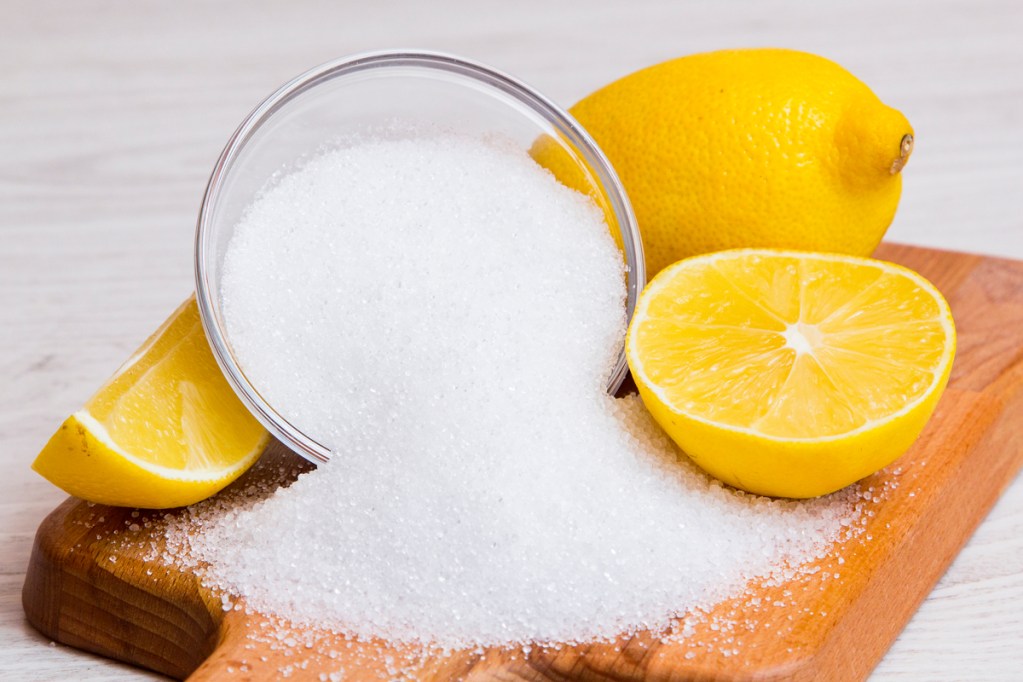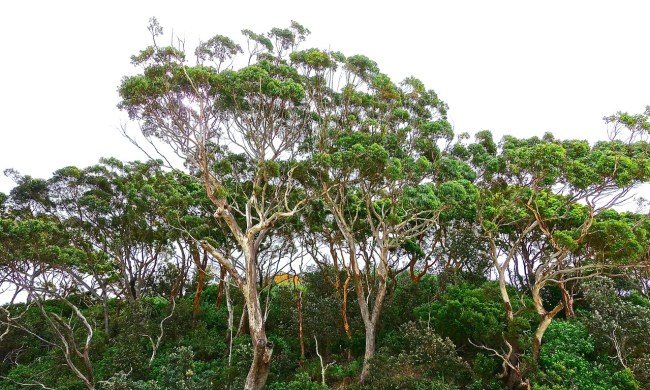Citric acid is a weak, organic compound found throughout the processed food and beverage industry and in other industrial and consumer goods. Originally isolated from the juice of citrus fruit, it has been used for centuries as a flavor enhancer and food preservative.
Today, it is also used as a preservative in medications and cosmetics, as well as a disinfectant to combat bacteria and viruses. The modern industrial version of citric acid is a synthetic product manufactured through fermentation using the mold species Aspergillus niger. Let’s find out which fruits are citric acid fruits.
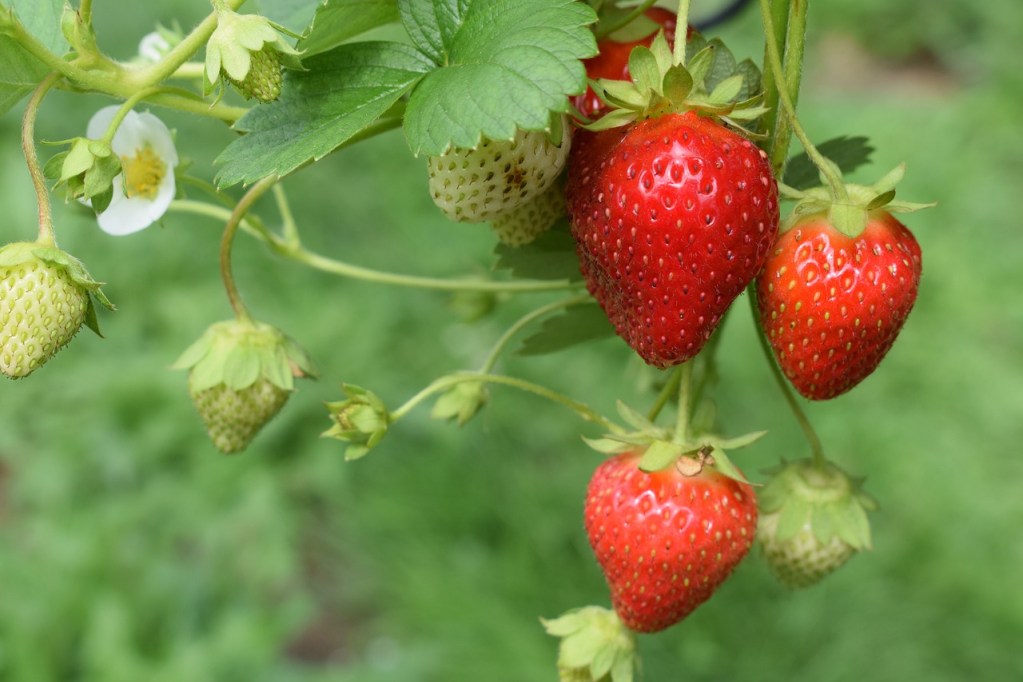
What fruits have citric acid
In nature, citric acid is produced abundantly in the developing fruits of lemons, limes, and other citrus plants. It is also found in pineapples, strawberries, raspberries, cranberries, cherries, tomatoes, and other acidic fruits. Anyone who has enjoyed a glass of lemonade has experienced the sour taste of this natural citric acid. The sourness is a hallmark of acidity and a major contributor to flavor quality.
But don’t mistake citric acid for ascorbic acid, also known as vitamin C. Vitamin C is an essential nutrient that often occurs in the same fruits as citric acid. It is credited with such health benefits as boosting the immune system and protecting against cardiovascular disease, eye disease, and wrinkled skin. Citric acid, on the other hand, is not a required dietary element, although it does offer some health benefits. It helps reduce the occurrence of kidney stones and makes some food nutrients more easily accessible. But the major role of natural citric acid in fresh fruit is as a flavor enhancer.
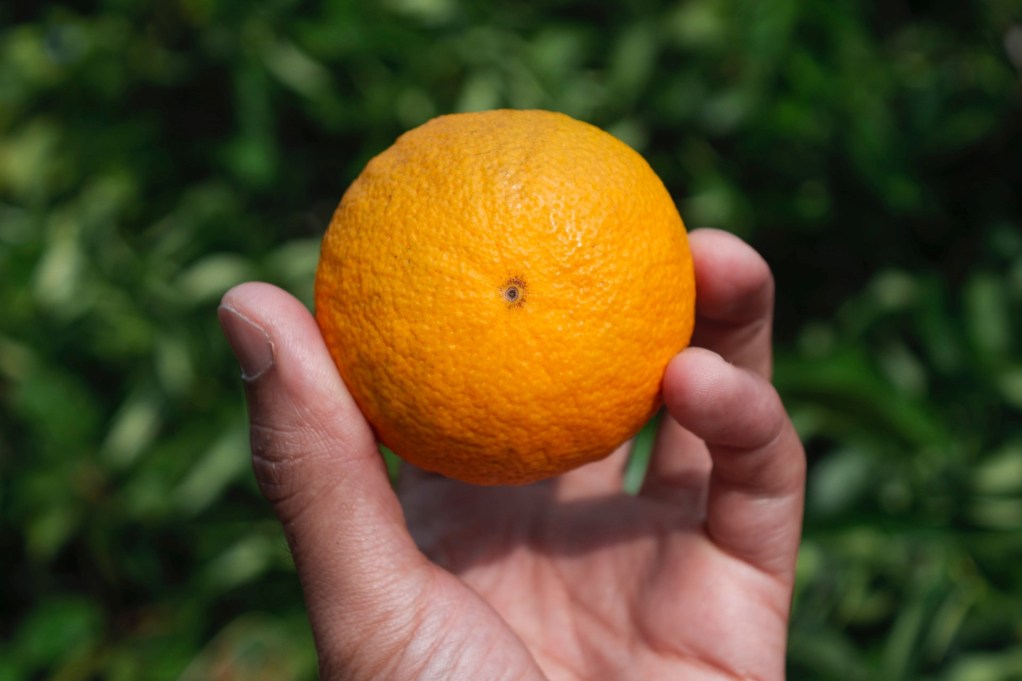
A balance of sugar and acid
The sugar-to-acid ratio in fresh citrus fruit affects the flavor, texture, and feel of the fruit segments. Citrus farmers, gardeners, and other growers monitor soil fertility and the ripening process to balance the sourness of citric and other acids with fruit sugars. Photosynthesis creates sugar, while soil fertility is the primary contributor to acidity.
Ripeness is easy to track by observing color and flavor development. Under-ripe fruits with a high level of acidity taste excessively sour. As the fruit ripens and sugars develop, the acids are degraded for a balanced flavor. If the fruit becomes overripe, the acid levels dissipate and the fruit lacks depth of flavor.
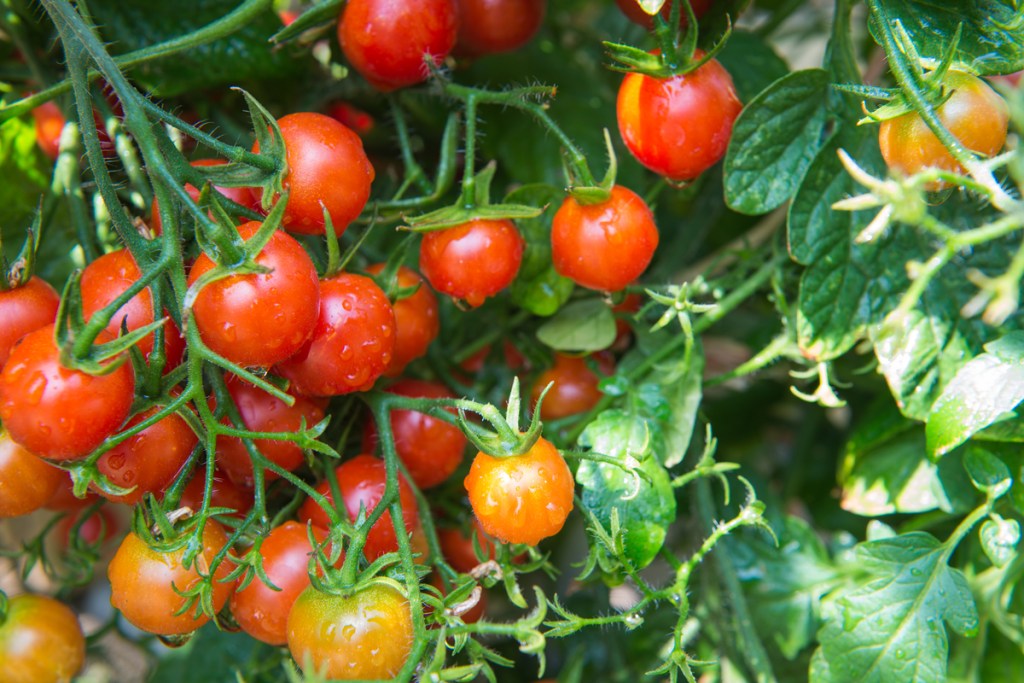
Nutrients affect flavor and quality
Fertility and nutrient availability play a critical role in fruit acid content and acid-to-sugar ratios in developing citrus fruit. Soil nutrients are monitored through soil testing and adjusted with timely fertilizer applications. Potassium and nitrogen are applied to reduce the sugar-to-acid ratio when acidity needs a boost. Boron, copper, and iron are known to increase the ratio and make the fruit sweeter.
Pineapples, whether in container gardens or vast fields, also respond to proper plant nutrition by producing abundant, flavorful fruit. Nitrogen and potassium, in particular, are known to boost fruit flavor and quality. In a Nigerian field trial, pineapple plants treated with 20-5-20 (N-P-K) fertilizer produced the most and highest quality fruit in tropical soil.
As with citrus, tomatoes and berries may taste rich and sweet or bland and flat, based on the balance of sugar and acid in the fruit. Fertility is a major factor here, as well. It is possible to grow a healthy, beautiful tomato or strawberry plant that produces bland fruit. Better flavor comes from a nutrient-rich soil, particularly with adequate levels of potassium, sulfur, magnesium, and calcium. For best results, test the soil and follow the best practices recommended by your state’s Cooperative Extension Service.
Can you use citric acid in gardening?
While many fruits contain citric acid, you want to be very careful if you use it in gardening. With a pH below 4.0, it can be toxic for plants and the soil that they grow in. Specifically, the acidity from citric acid can prevent seed germination and burn roots, making it difficult for plants to absorb nutrients properly. When diluted enough, however, citric acid can potentially help keep pests at bay and be an effective source of acid in nutrient stocks. And, of course, you can use citric acid to alter your soil’s pH levels.
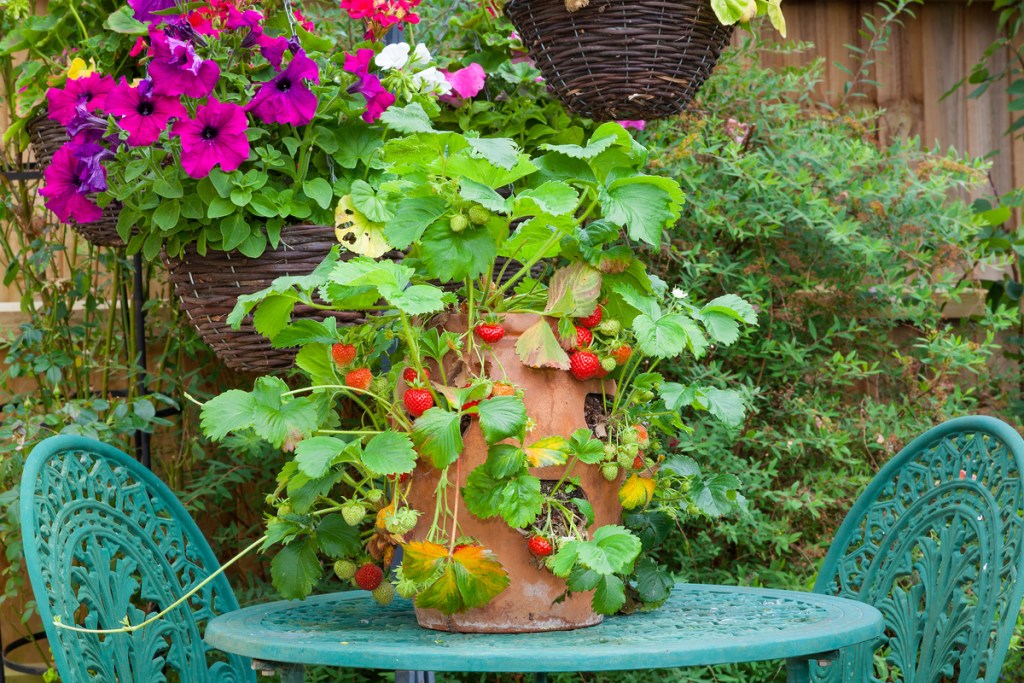
Test the soil and fertilize accordingly
Citric acid is a major contributor to the desired tangy flavor balance of sweet and sour in citrus, pineapples, berries, tomatoes, and other fresh fruits. If you grow these plants, do yourself a favor and test the soil. Even if you’ve grown beautiful, healthy plants in the past, the flavor could be even better. Providing the right nutrient levels allows plants to produce a more favorable sugar-to-acid ratio in their fruits for improved taste and texture. Citric acid may not be high on the list of superfood components, but it is one of the most important contributors to delicious taste.
